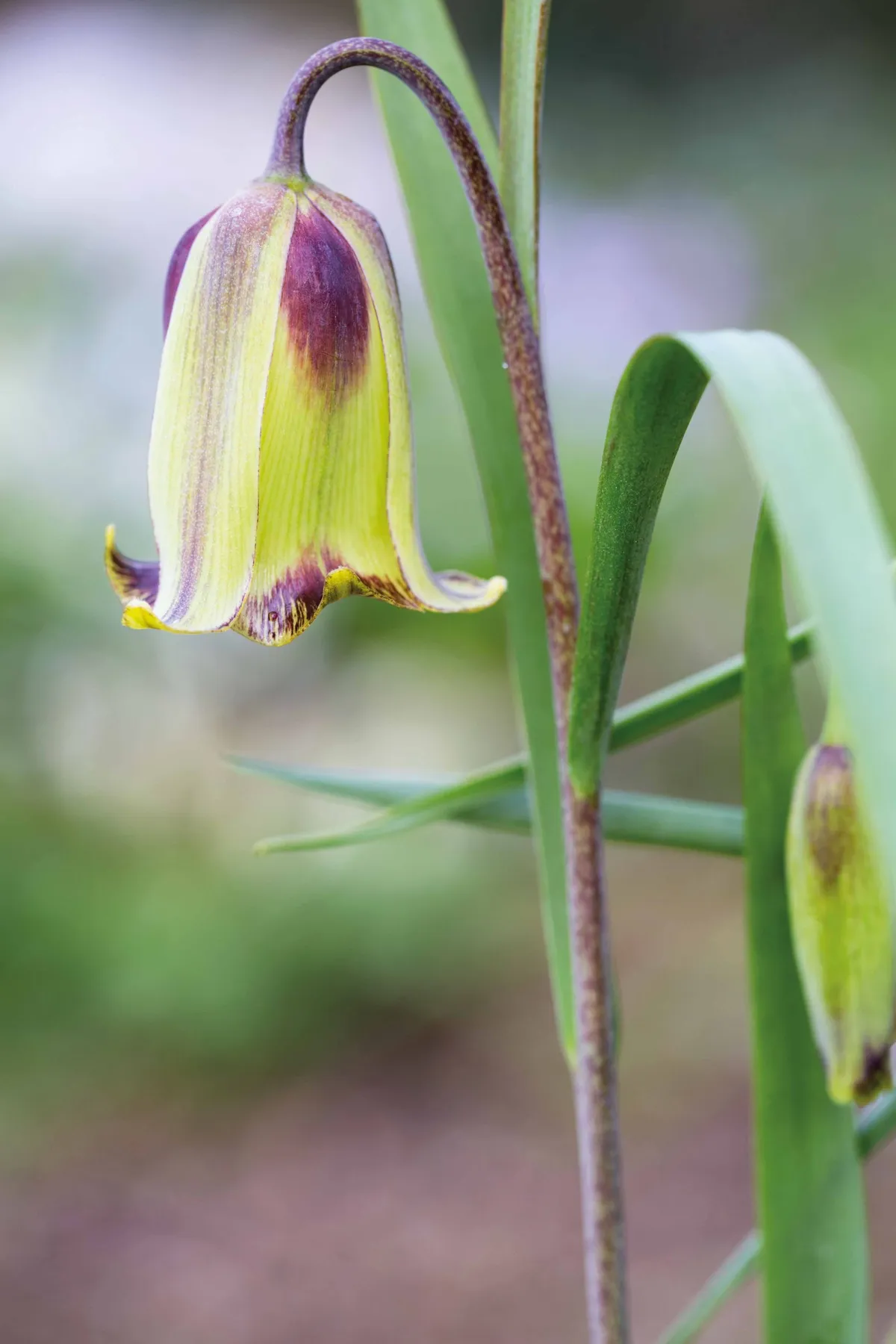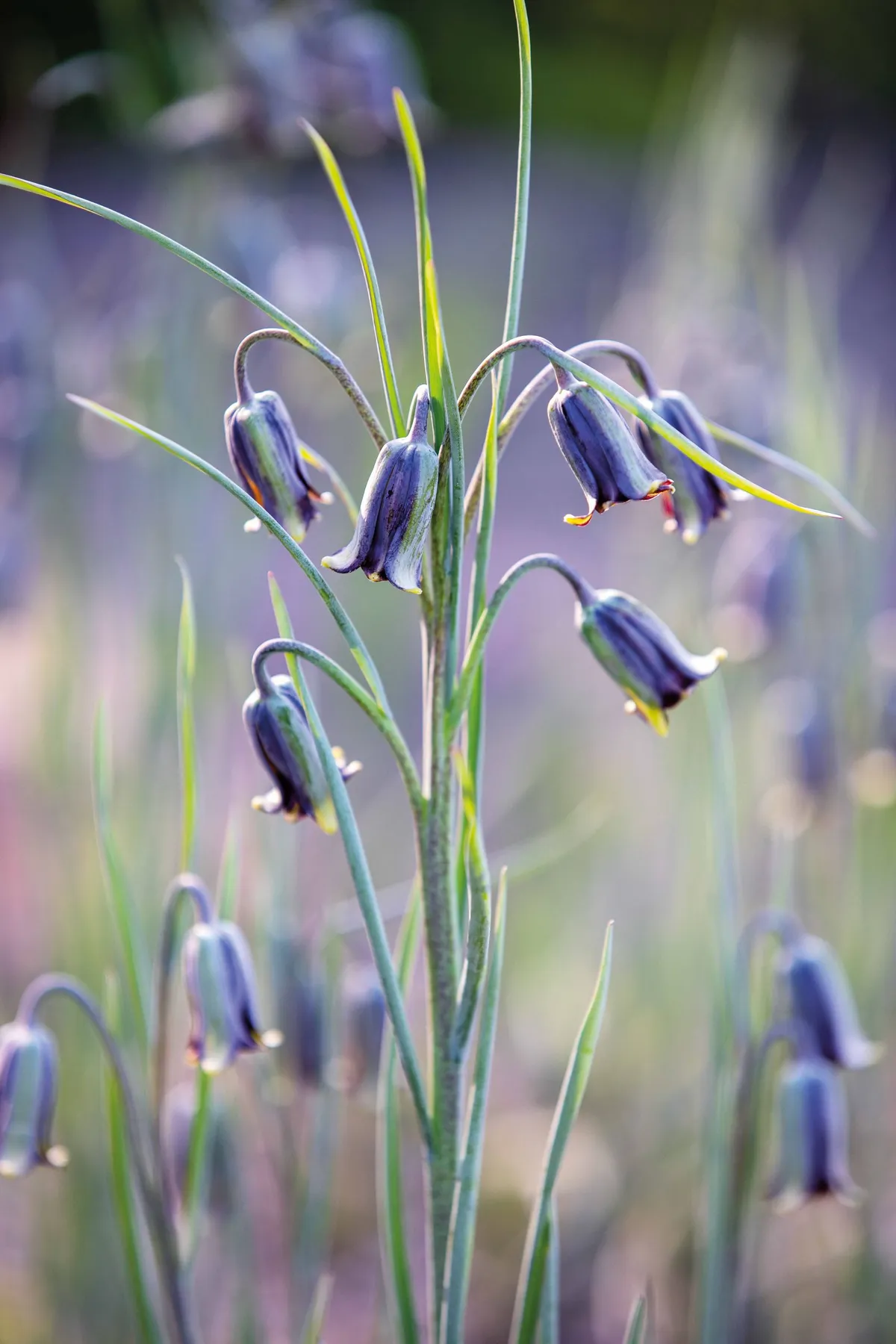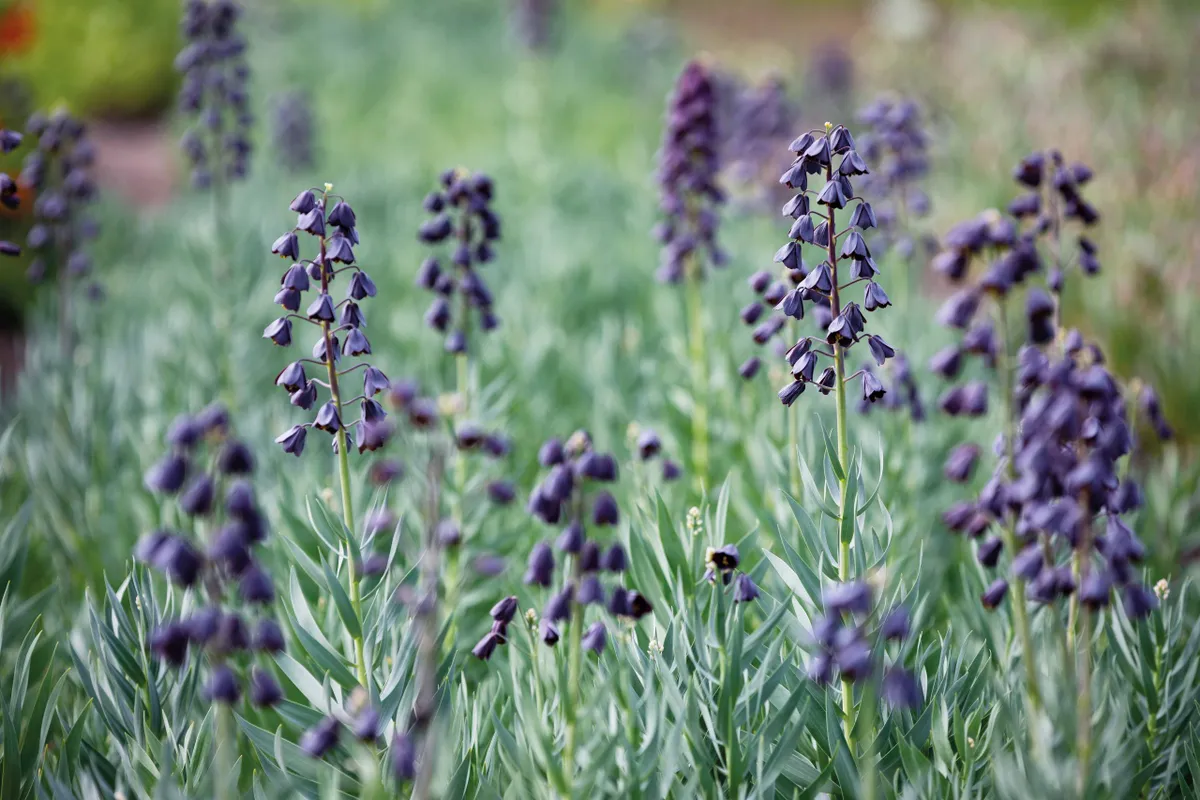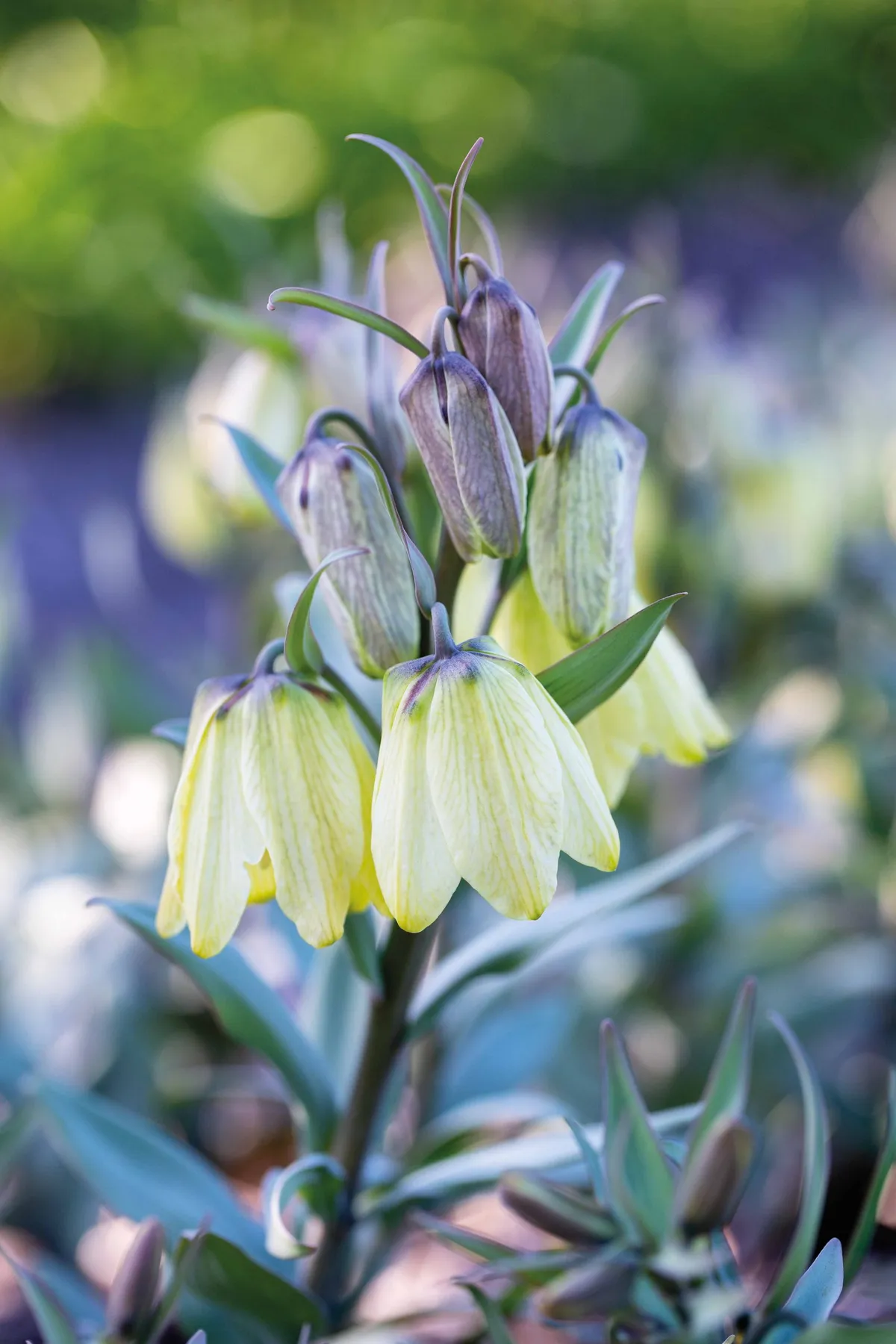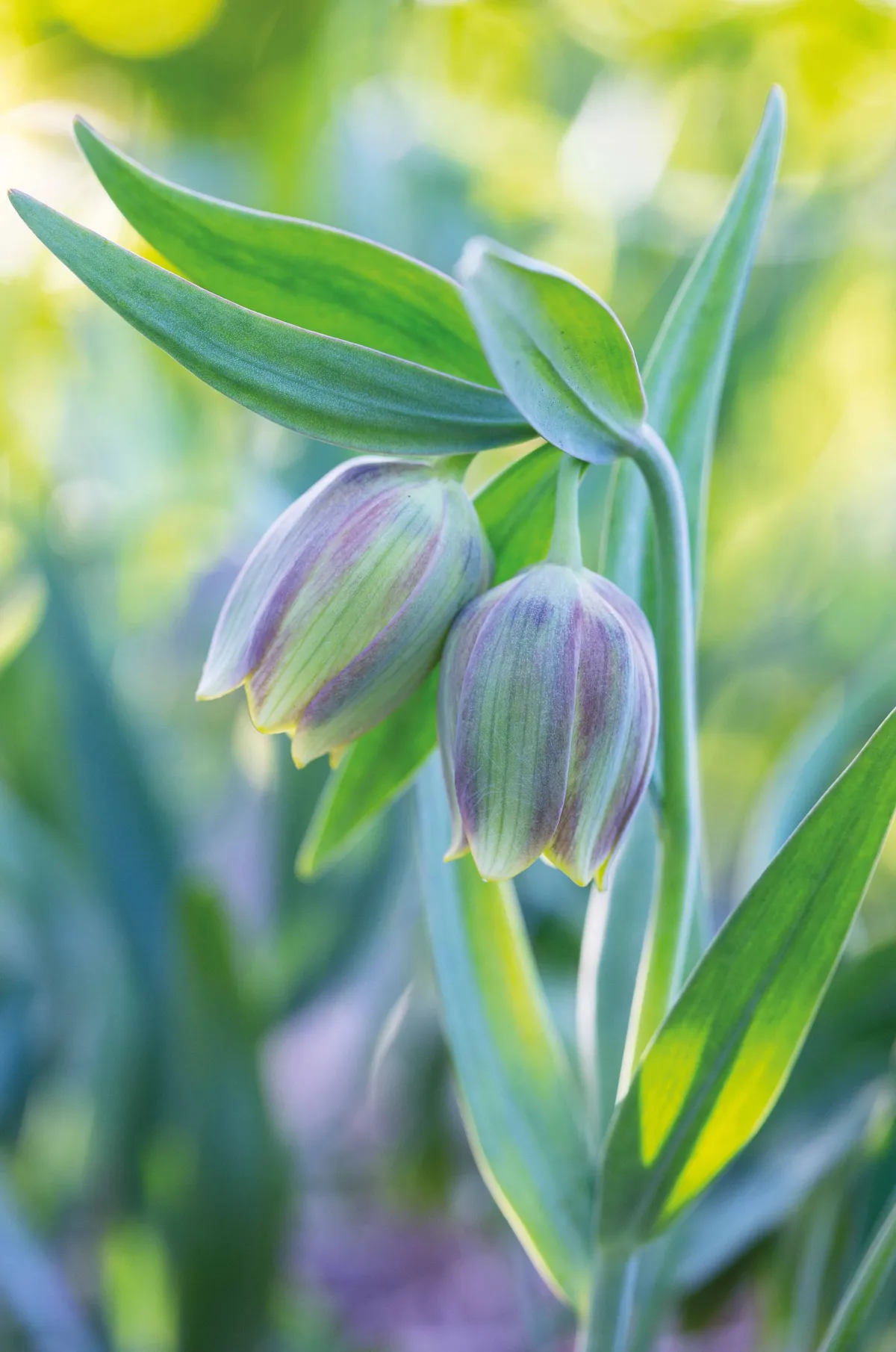Fritillaria are much loved for their bell-shaped flowers in spring. The range from the diminuitive and delicate Fritillaria meleagris to the tall, bold Fritiallaria imperialis. There are around 170 species of these summer-dormant, bulbous plants found growing across the Northern Hemisphere, mostly in areas with a dry summer climate.
Everything you need to know about Fritillaria
Where to grow Fritillaria
Fritillaria are found in a range of habitats, so it is difficult to generalise about ideal growing conditions. Some grow in harsh conditions on high mountains, while the snake’s head fritillary, Fritillaria meleagris, grows in low altitude, damp meadows.
Grow Fritillaria in sun or dappled shade in free-draining soil. Plant the bulbs in free-draining soil or around deciduous shrubs that will take up excess moisture in the summer.
To improve drainage, bulbs can be grown in a raised bed, where water will drain more quickly. The soil can also be amended by adding extra horticultural grit or sand. Alternatively, grow them in pots of gritty, loam-based soil, kept dry but shaded in summer.
Most fritillaries are very hardy, surviving temperatures well below -10ºC with RHS ratings ranging from H7 to H4 (USDA zones 5a to 8b).
Species from the Mediterranean region, such as Fritillaria davisii, Fritillaria messanensis, Fritillaria michailovskyi and Fritillaria acmopetala, will do best with plenty of sunlight and a dry summer.
In a more consistently shady part of the garden, try Fritillaria pallidiflora or Fritillaria camschatcensis. These do well in a cooler location but avoid deep shade. At the foot of a low wall, in a partly shaded corner with other woodland plants, they will thrive.
When to plant Fritillaria
The bulbs of fritillaries should be planted in autumn, in September or October. Most have fairly small bulbs, although those of the mighty crown imperial can be larger than a tennis ball and have a foxy smell.
Best Fritillaria to grow
Fritallaria imperialis (crown imperial)
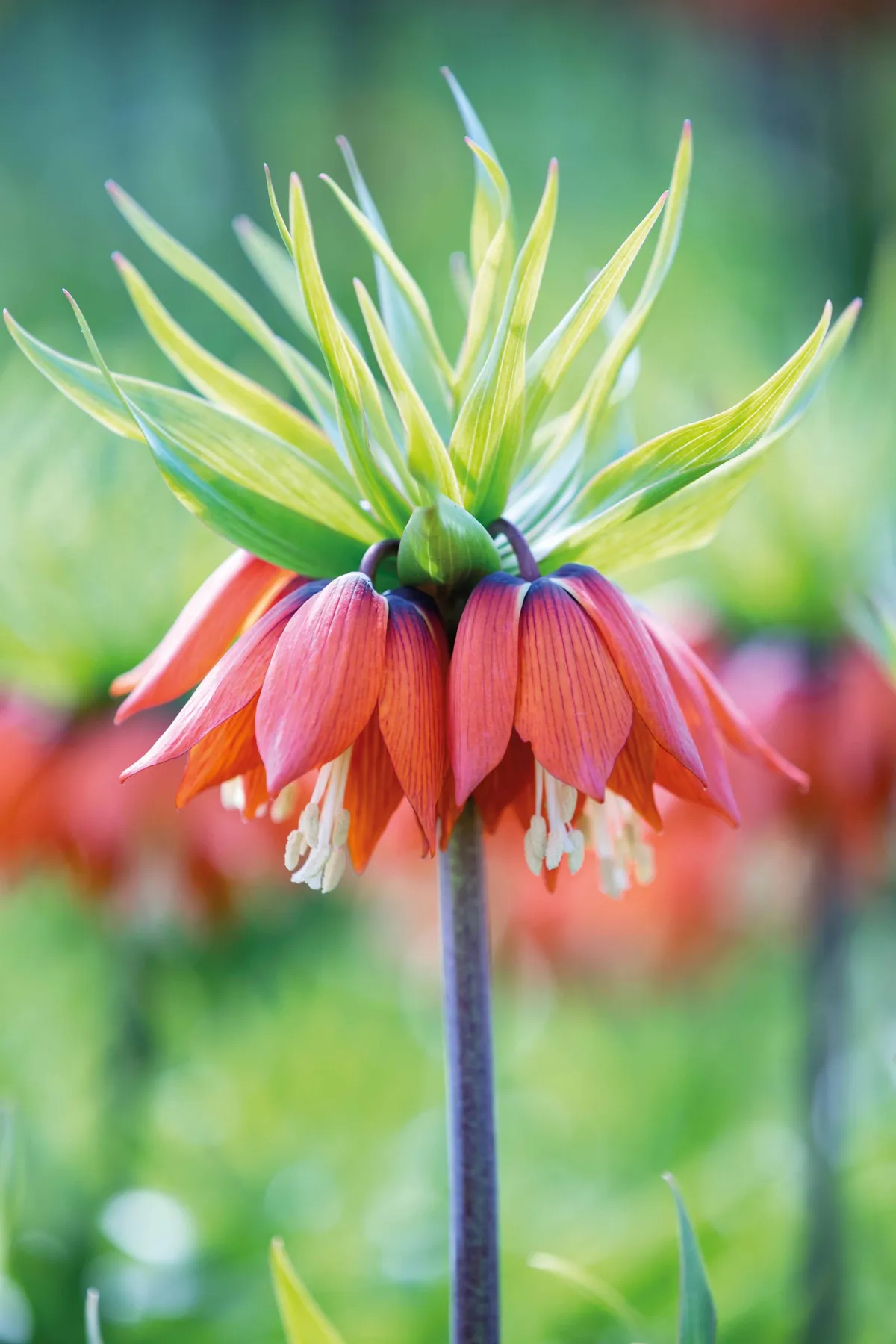
The crown imperial also likes plenty of sunlight in spring but is remarkably tolerant of many garden situations. In good, fertile soil that never gets waterlogged, this handsome plant is easily grown. As with many fritillaries, it does well in a spot that is lightly shaded in summer.
1.5m. RHS H7, USDA 5a-8b.
Fritillaria persica
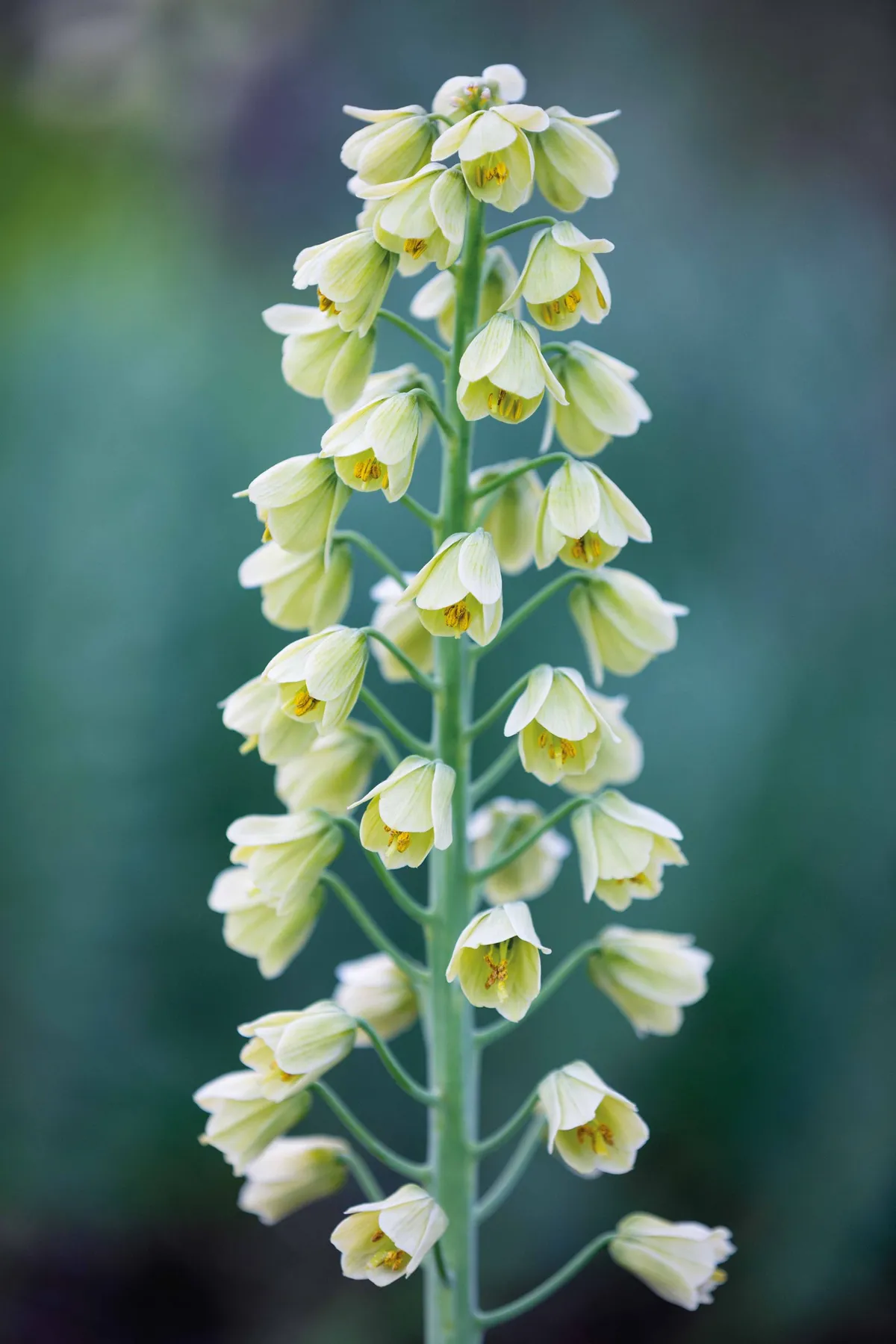
Fritillaria persica, the Persian lily, makes a great late-spring bulb for a south-facing herbaceous border, the bulbs protected from summer heat by the surrounding perennials.
Up to 1m. RHS H4, USDA 3a-8b.
Fritillaria uva-vulpis
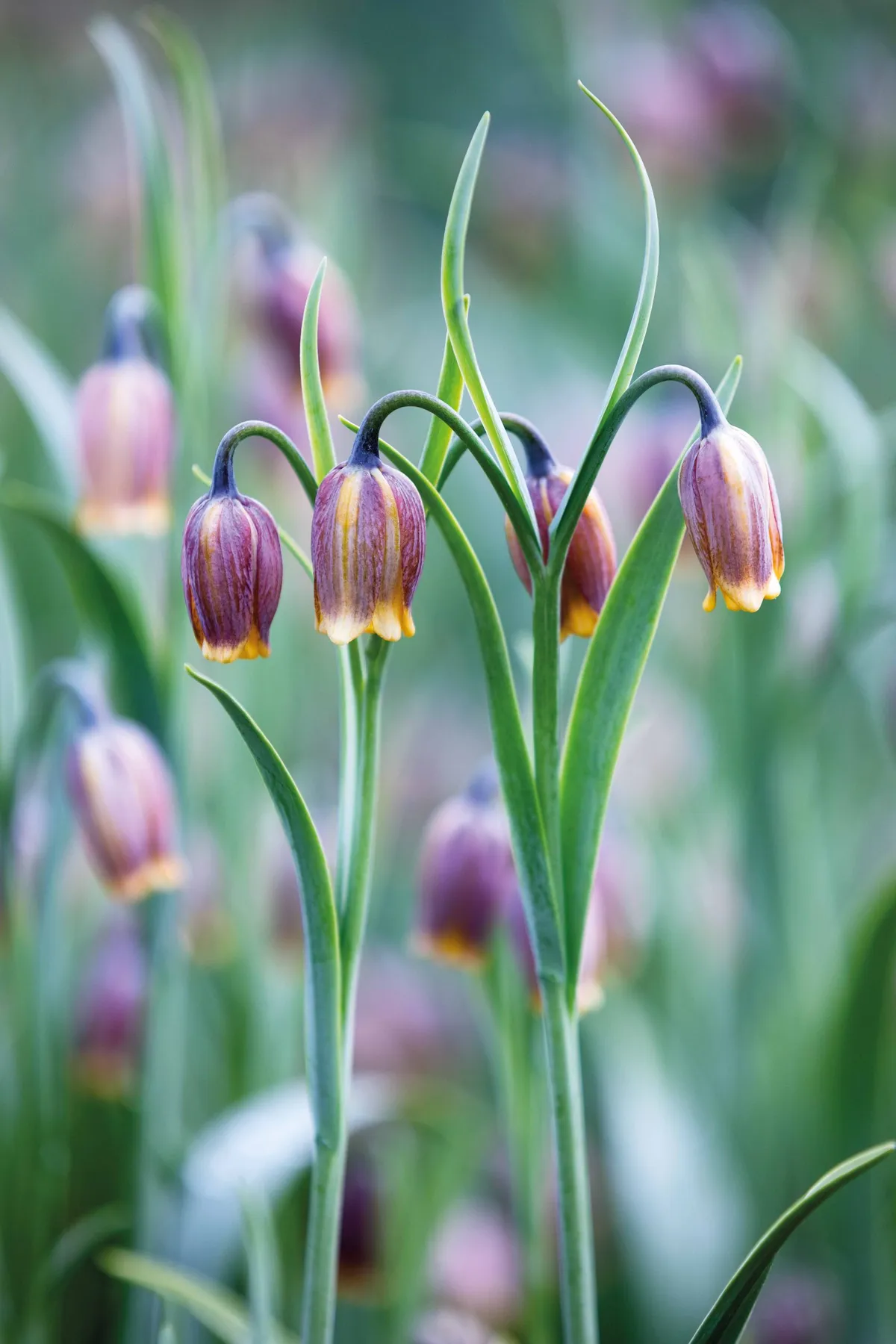
Fritillaria uva-vulpis, fox's grape fritillaries, tolerate some summer moisture but the main consideration is their location relative to other plants. Although they can be quite tall, they are not imposing plants and they can be swamped by vigorous spring perennials so chose a spot carefully where you can appreciate their subtle beauty; alternatively, grow them in pots. Other easy species for a sunny border include Fritillaria elwesii, Fritillaria pyrenaica and Fritillaria pontica.
10cm. RHS H5, USDA 5a-9b.
Fritillaria meleagris
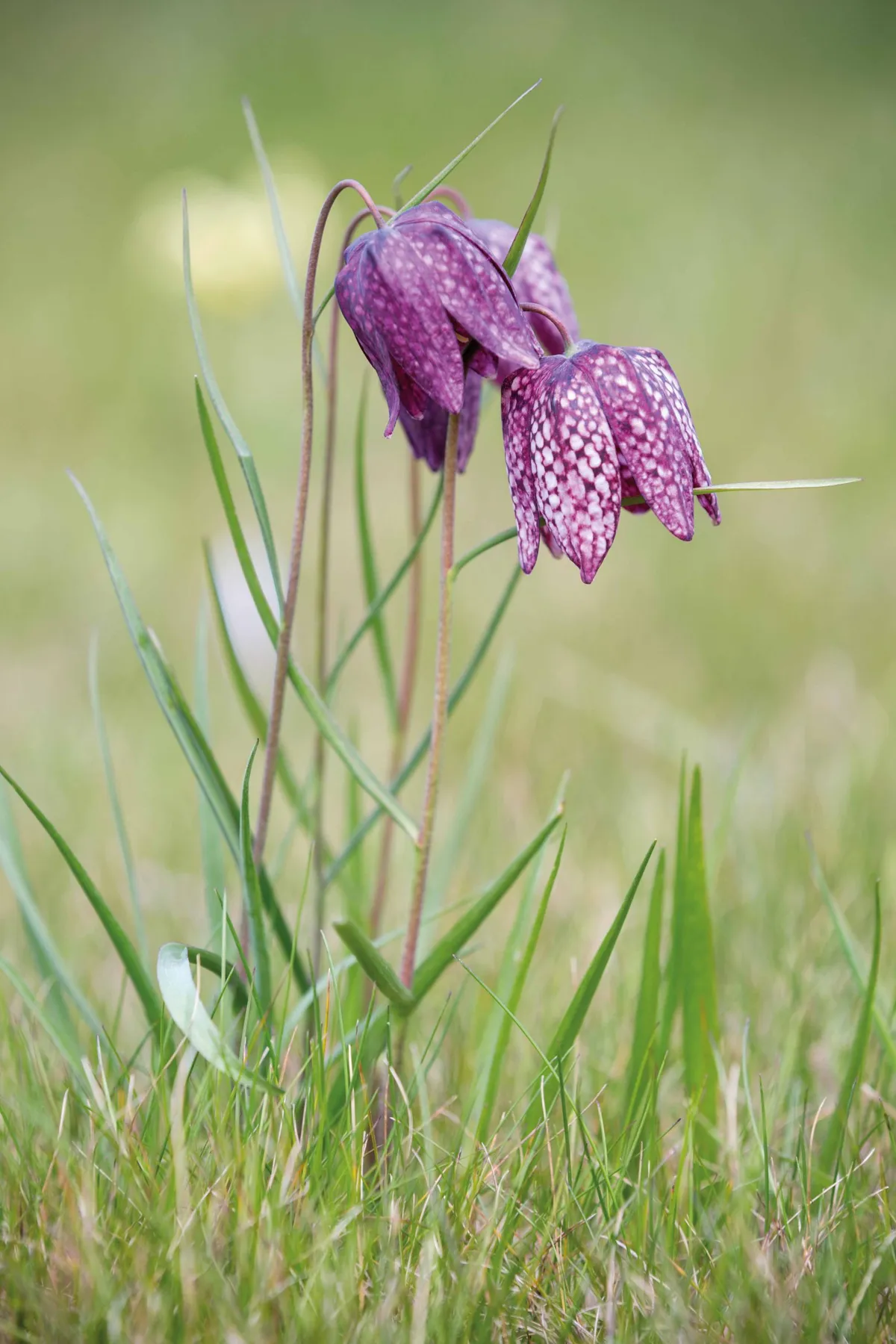
The only fritillary to reliably do well in grass is Fritillaria meleagris. It will do best in a damp, shallow hollow in a lawn, lightly shaded by deciduous trees or along a hedge. Plant the bulbs by lifting the turf, placing the bulbs on the soil and replacing the turf. They will flower in mid-spring but make sure the grass is not cut until the fritillary leaves have died down for the summer.
20cm. AGM. RHS H5, USDA 5a-9b.
Where to buy and see Fritillaria
• Avon Bulbs, Burnt House Farm, Mid Lambrook, South Petherton, Somerset TA13 5HE. Tel 01460 242177, avonbulbs.co.uk
• Hortus Bulborum, Zuidkerkenlaan 23A, 1906 AC Limmen, the Netherlands. Tel +31 6 11889489, hortus-bulborum.nl/english
• Jacques Amand International, The Nurseries, Clamp Hill, Stanmore, Middlesex HA7 3JS. Tel 020 8420 7110, jacquesamandintl.com
• Kevock Garden Plants, Kevock Road, Lasswade, Midlothian EH18 1HX. Tel 0131 454 0660, kevockgarden.co.uk
